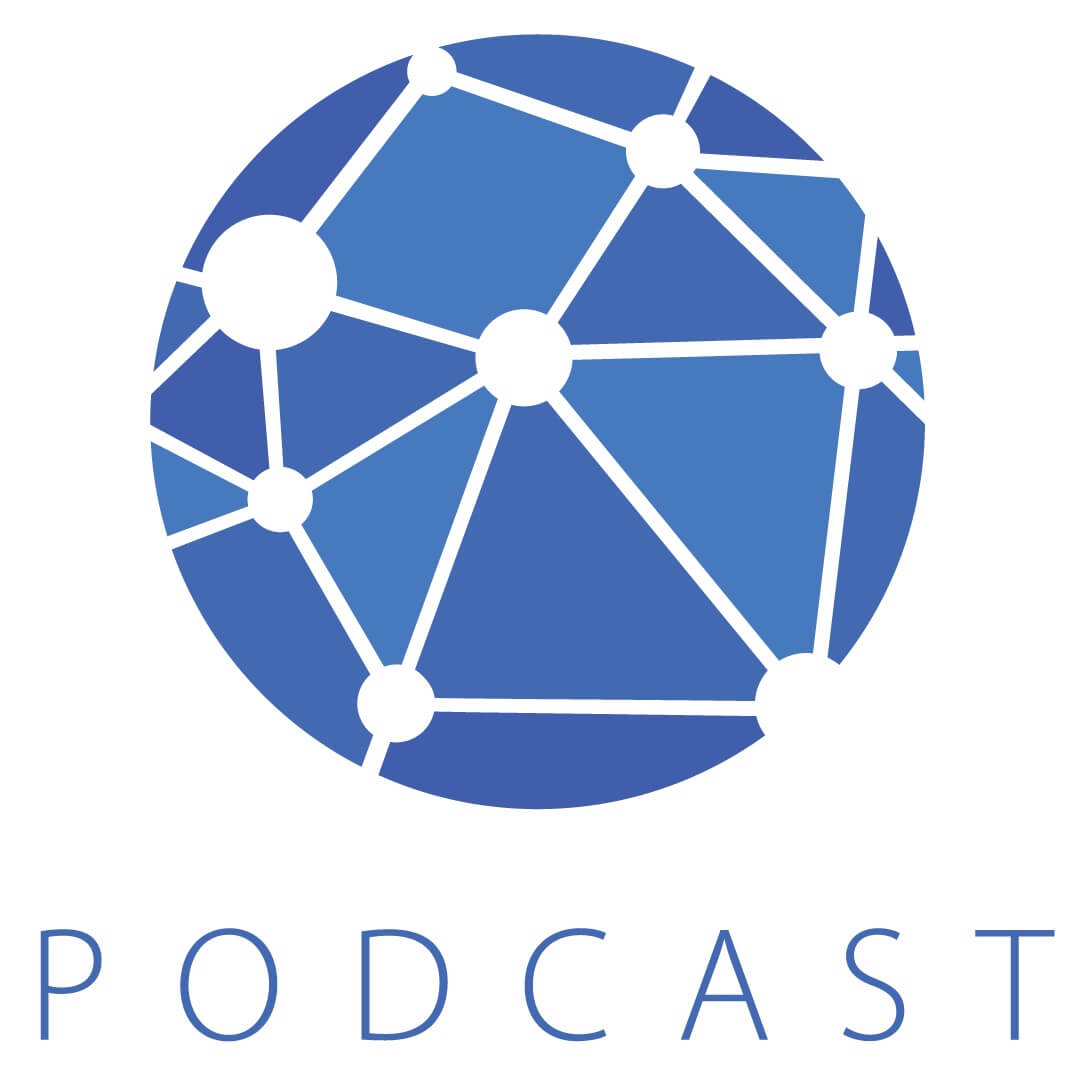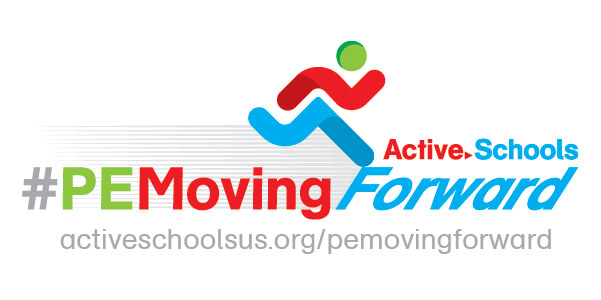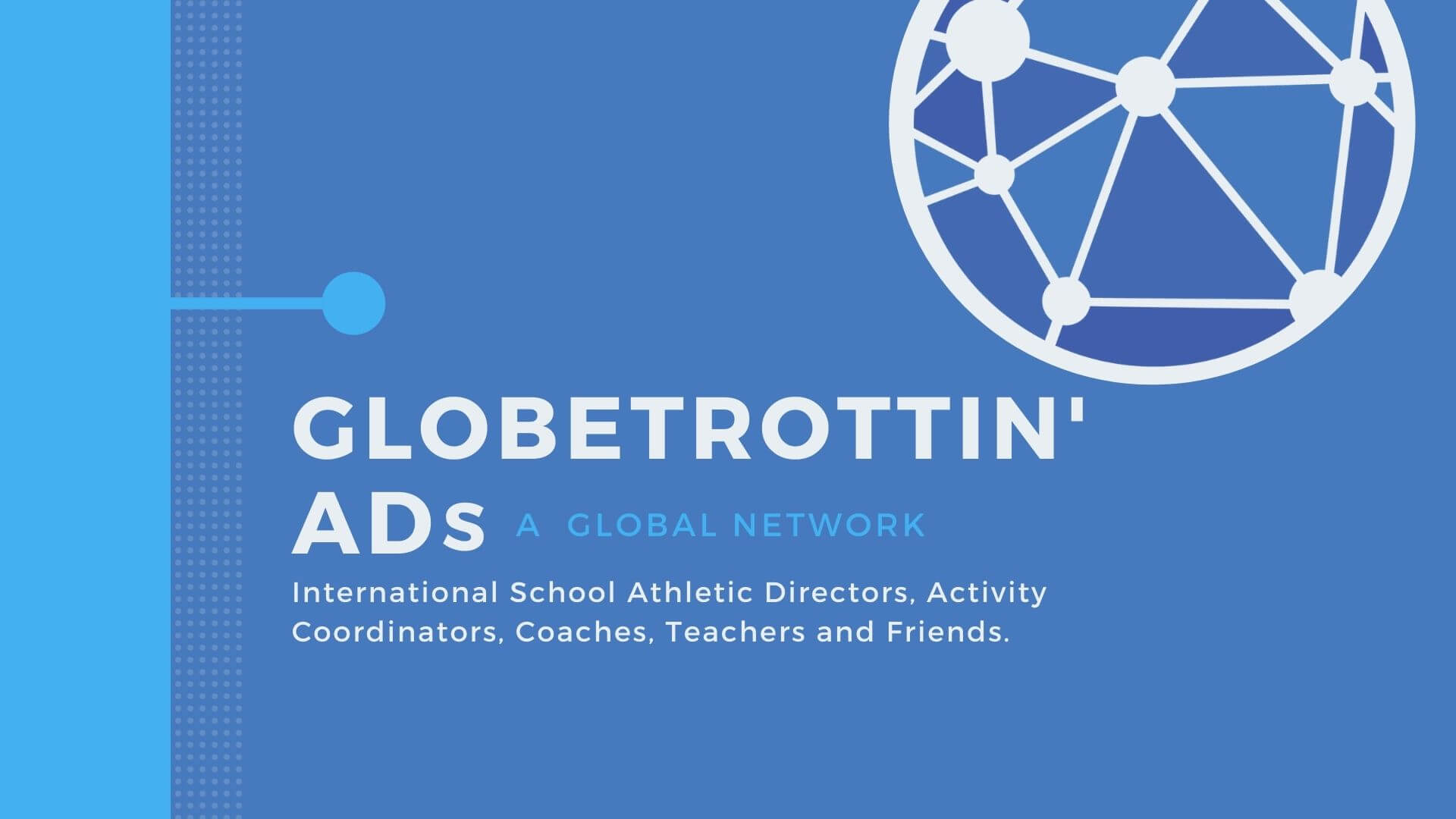
The positive link between athletics and academic performance has been proven over and over again. However, in schools around the world, it is still commonplace for student-athletes to hear from teachers that they need to make a choice between athletics and academics. Student-athletes may hear, “You cannot get the grades you want if you play on the basketball team” or “You will not have enough time to get your homework finished with so many practices and games.” On the flip side of this, the same student-athletes may hear from their coaches that they can do both successfully, but with some requirements: solid time management skills and realistic goal setting. Are our students like a tennis ball in a tennis match, being hit back and forth between teachers and coaches?
For some of our students, athletics is their only way forward. For those students that have their sights set on a top-notch university, they are sometimes told that athletics is one thing that can stand in their way of achieving their academic dreams. Athletics can be the only highlight of the day for some of our students and the only reason they continue to come to come to school. So, how as educators and coaches can we better connect athletes and academics so students see the advantages of both? Highlighting the important connections between athletics and academics was one of the goals of the Globetrottin AD’s Student-Athlete Leadership Conference but there were a whole lot more.
Who are the Globetrottin’ ADs
The Globetrottin’ ADs is now a global network of international school Athletic Directors, Activity Coordinators, Coaches, Teachers, and friends but before the pandemic, it was just Nick DeForest and Matt Fleming. Nick DeForest, has been at AIS Vienna Austria since 2003 and is the Assistant Director of the Events Office. Matt Fleming has been an International School Athletic Director since 2001 living and working in Latvia and Hungary. This podcast grew into a website with a list of resources and professional development opportunities from around the world. The resource links then lead to a full library of documents from schools around the world including things like Handbooks, Housing Documents, Contracts, and Evaluations to help schools improve their programs by learning from other schools.
Then came COVID-19 which put schools into distance learning. The Globetrottin’ ADs realized that something was needed to not only share information and expertise but give a sense of purpose and connection to people around the globe during this very confusing and somewhat scary era. In April of 2020, their free online conference had 200 different people from 92 different countries took part.
Student-Athlete Leadership Conference
A summer conference series followed the main conference but as we moved into the 2020-2021 school year, we wanted to put more out there for ADs and coaches but quickly realized that one important stakeholder to our development was missing – the student-athletes who we serve.
Fast forward to February 12, 2021 and almost 500 high school students were online live and engaged in presentations given by other high school students from around the world. Over 100 international schools registered for the conference to either join in live or watch the recordings at a later time. Fifteen of those schools had students lead sessions about topics such as competition anxiety, promoting equality, motivation, and the importance of sports. Bookending the student sessions were two amazing keynote speakers; Sebastien Bellin and Greg Dale. Sebastien Bellin, a professional athlete, terrorist attack survivor, and international school student, kicked off the conference talking about his four pillars of life. Later on, the world-renowned sports psychologist from Duke University, Greg Dale, finished the day talking about how to be a leader that others want to follow.
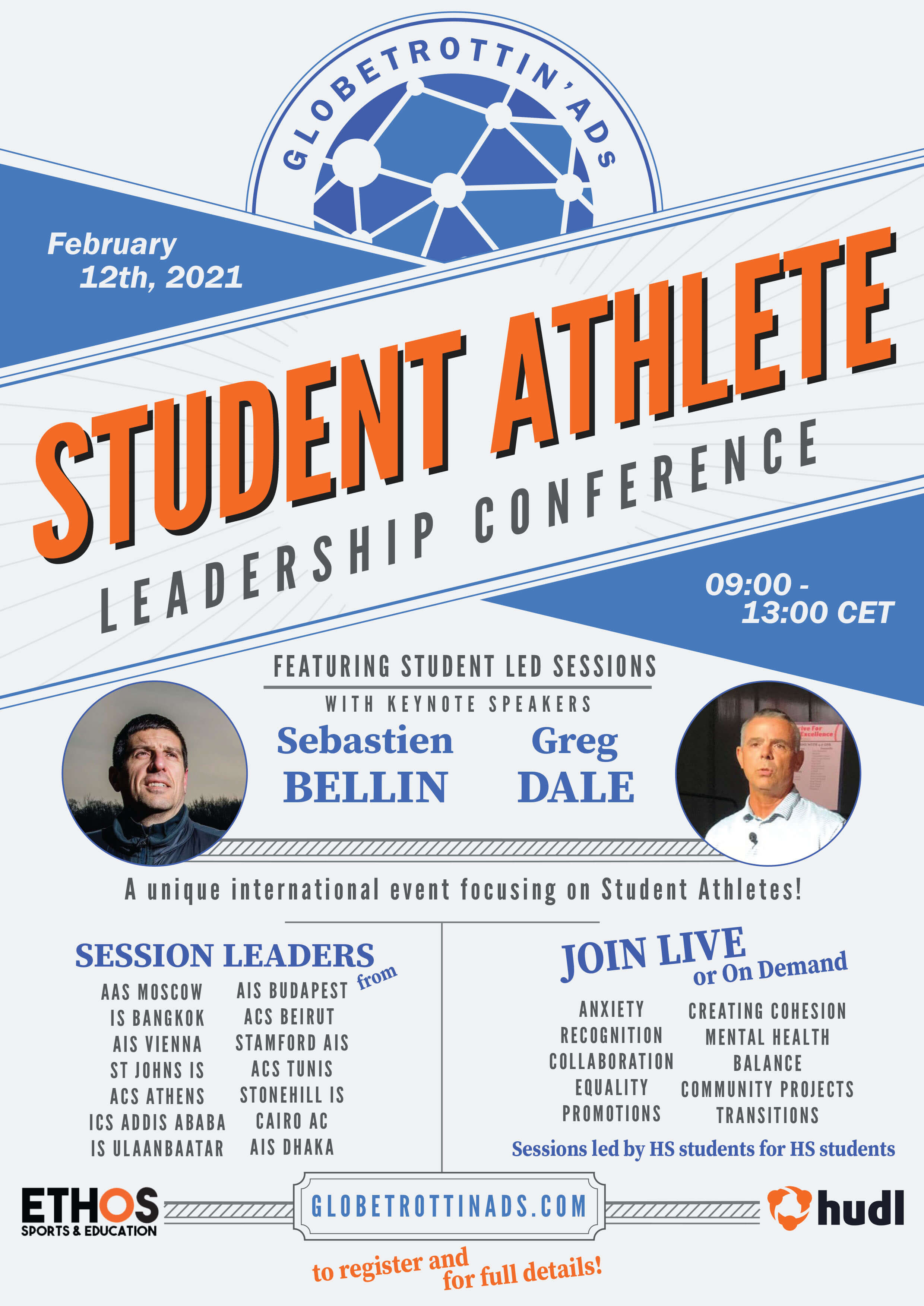
Connections Across Subject Areas
This conference was a chance for student-athletes who focus more on academics than athletics to use their passions in more of an academic atmosphere.
One of the goals of this conference was to imbed the topic of athletics and athletic leadership into that academic realm. Presenters performed countless hours of research for their presentations and many of them related their experience in athletics to different subject areas such as units taught in math, science, economics. Physical education class is, of course, directly related to most of the workshop sessions and many of the schools involved are using the recordings in their PE classes. If so many of our students love athletics, then teachers may just want to incorporate more athletic examples into the classroom. University degrees related to athletics have only grown in recent years with more universities offering coaching, sports management, sports marketing, and athletic administration degrees. This might just be the spark one of our students needs to help them find their career path.
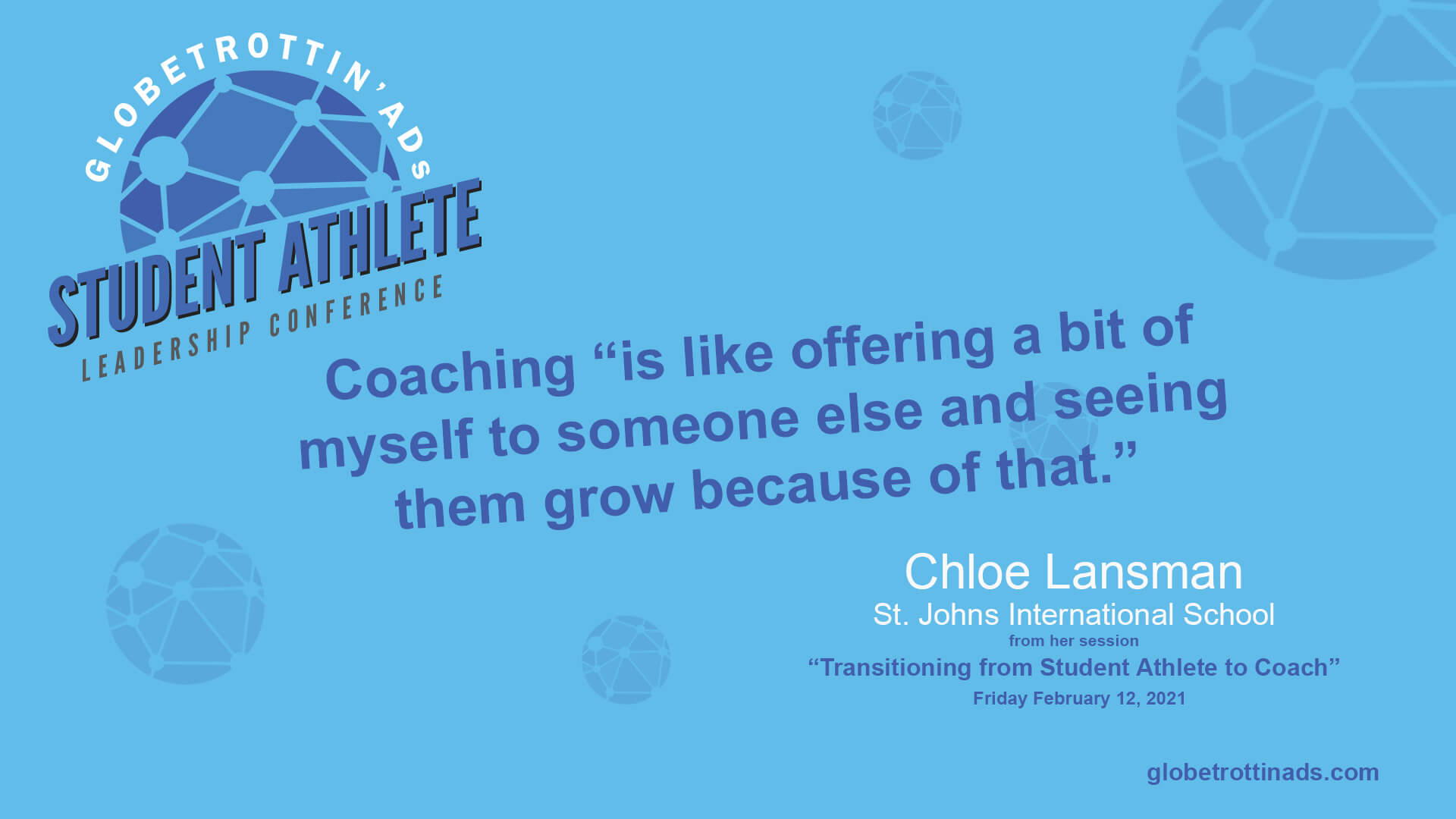
Content Creators
For the few students who were presenters, the conference will have a more lasting effect because they became content creators. Students are all content creators in some way as they work on projects and make presentations in their classes. Some take it to the next level by presenting to their whole grade or school but not many make something that is shared outside of their school communities, let alone with people around the world.
Becoming someone who creates content for others takes even more preparation and attention to detail. For high school students to have the opportunity to do that not only makes them more prepared for the real world but also makes them become better consumers of content. Knowing the hard work that goes into a finished presentation gives them a better appreciation for the things that they consume. Perhaps students may even gain a better appreciation for their teachers and coaches. As Lexi Roberts, a junior at the American International School Vienna, worked through her presentation, she realized it was more important to add personal experience into it so that (she) could really relate to the audience, something that teachers and coaches do daily.
Global Connections
The students involved in the conference, either as participants or presenters, came together as a global community of international school students. They conquered fears, they asked questions, they learned new things, they met new people and realized that they are not alone throughout this pandemic. Fabrizio Vergara, a senior from Escola Americana Do Rio De Janeiro realized “that there are many other student-athletes who are going through the same experiences” as he. Fabrizio loved the conference and said it really motivated him. Eduardo Bentes Rengifo, a schoolmate of Fabrizio, thought “it was a great chance to know what the rest of the world thinks” and “how people approached things differently”.
Since the conference, there has been a flood of thank you emails and a sharing of experiences like those from Rio De Janeiro. Most of the students feel energized and empowered by the voices and experiences of the presenters, and what they will do with that energy will remain to be seen. However, the work put into this event has the possibility to benefit these students tremendously in a number of ways for years to come. It’s common to hear someone say that as long as I get one nugget of information out of a workshop or presentation then it is worthwhile, however, how often does that one piece of information or idea really change the way we live or even see the world? The students involved may not remember the one or more pieces of information they picked up in each conference session, but the overall aspects of the conference do have the potential to remain with them for the long term. The three long-term effects of the conference are; global connections, connections across subject areas, and becoming content creators.
Thankfully social media is connecting the world like never before, but it’s rare for students to see into the minds of other students like them and really hear about the issues that concern them. This event helped students connect and learn about each other regardless of continent, country, or regional conference. It is a global connection like this that may help students formulate ideas for projects or essays. It may help them ease into the transition to college and even open their eyes to the fact that their problems are the same as many other students.
Conclusion
This conference not only provided a unique opportunity for students to talk about their athletic passions and relate them to school and life, but, most importantly, it gave their voices a place to be heard by their peers, their parents, their teachers, and their coaches in a relaxed setting with nothing dependent on grades. Now that this conference is known by students, teachers, and schools, the hope is that in 2021 more schools will embrace it, learn from it and start their own events. The goal of an event like this is to put students first regardless of the school’s size. I encourage all schools to find ways for their students to connect and create content for people outside of their school’s walls; locally or globally.

